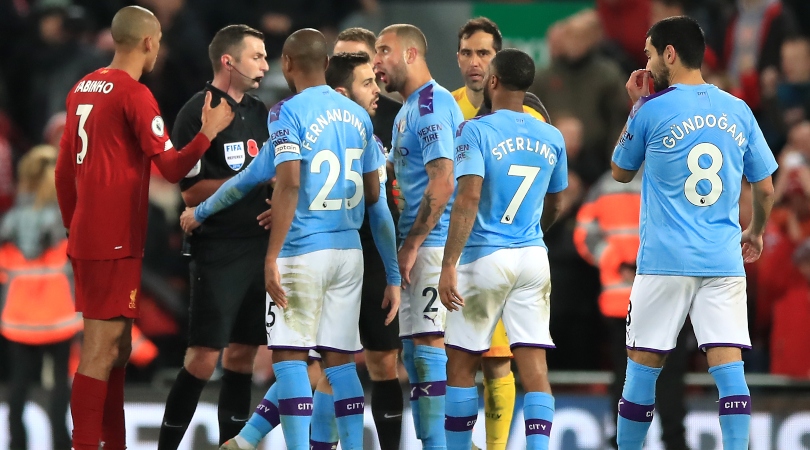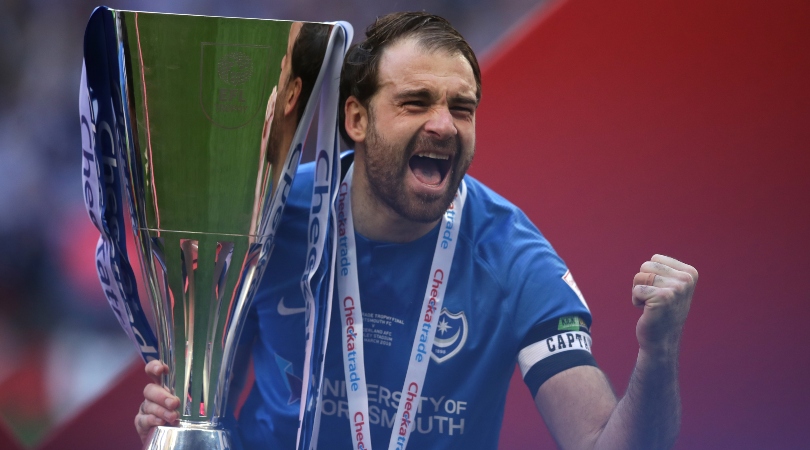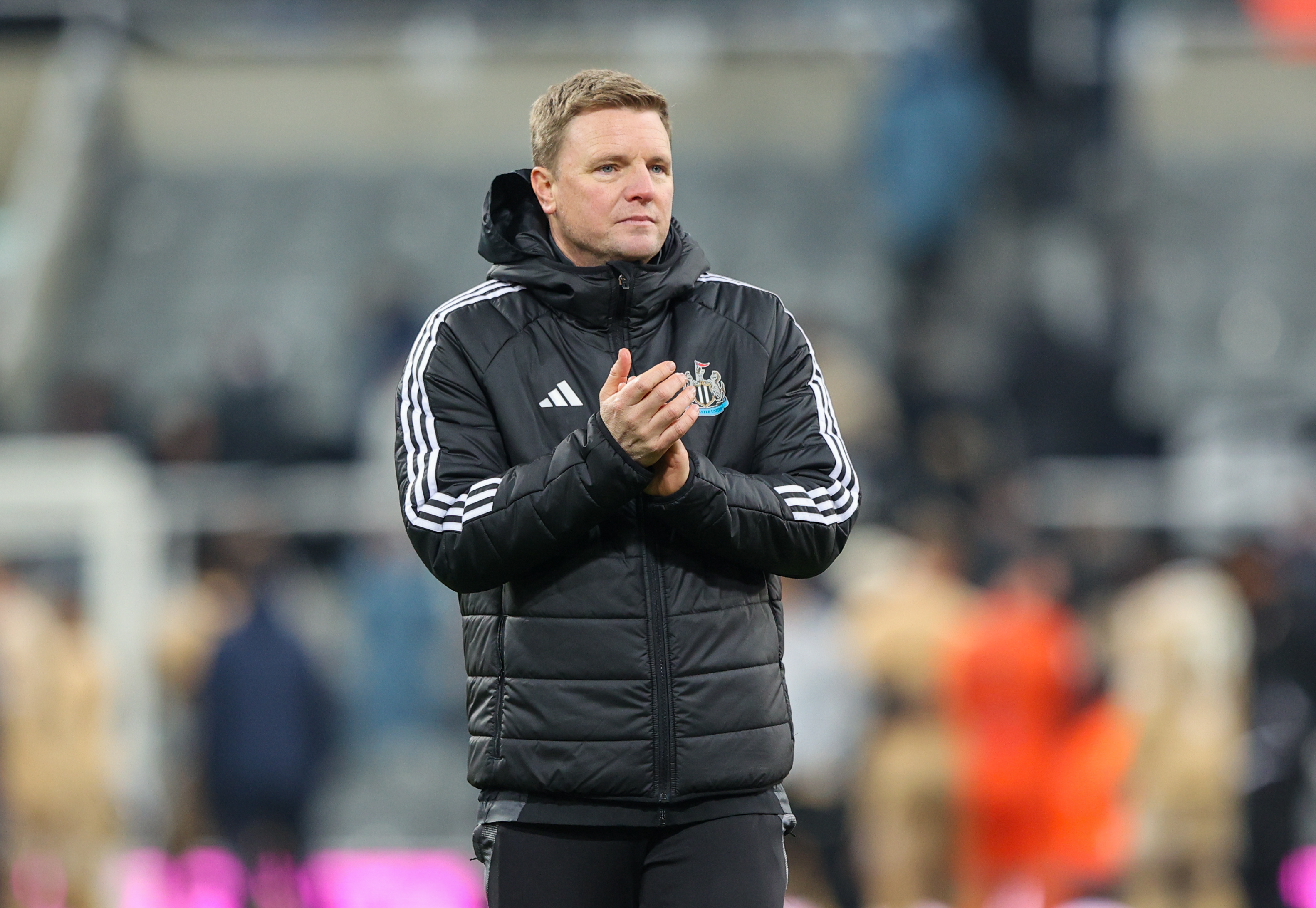Here's why we shouldn't overreact to flare-ups between players
Put top athletes in highly competitive environments and don't be surprised when they occasionally come into conflict. It's natural, argues Seb Stafford-Bloor

It’s strange that teammates having disagreements and physical confrontations in training is still so newsworthy. The fracas between Raheem Sterling and Joe Gomez is covered elsewhere on FourFourTwo, but this is just the latest manifestations of one of sport’s perpetual truths.
Put athletes in competition with one another and, eventually, tempers will fray, egos will bruise and, sometimes, punches will be exchanged.
It’s not an urban myth, either, because the fly-on-the-wall documentaries popularised by the likes of Netflix and Amazon describe these flare-ups in enough detail. It’s hardly unusual to see duelling linemen throw the odd haymaker during a training camp, or to watch a defensive back become overly physical with a wide receiver.
The difference lies in the nature of the sport, perhaps. American Football is physical and violent and so, within that context, it’s hardly surprising that teammates should occasionally square up. When similar incidents occur in European football, it’s all the more shocking.
But the basis for that kind of conflict is roughly the same. The specifics of Sterling versus Gomez – and whether Gareth Southgate responded correctly to it – are part of a separate discussion. What matters in respect to the broader conversation is that these are young, successful and often extremely wealthy young men in constant competition with one another and so the expectation that their relationships should exist in perpetual harmony is ludicrous. Irrespective of whether they put on an England shirt every few months.
Consider the constants within the life of a modern Premier League player. Think also of the atmosphere that exists within stadiums and what certain players are subjected to on account of their relationship with a particular set of supporters. Then, as with this situation, recognise how the game is covered in print and what kind of strains and stresses that can cause over time. The obvious and rather trite metaphor is of a balloon gradually inflating.
Contemporary footballers know that responding to any of those provocations will create a headline, meaning that – just as a prerequisite – they are required to continually suppress their reactions just to survive. Given what a sensory experience being inside a football stadium is, that’s quite a challenge. Not reacting to the taunts a player receives whenever he takes a throw-in or corner, for instance, presumably requires a resilience that a lot of people just don’t possess. But where is the outlet? It's nowhere within the wall-to-wall coverage or the constant scrutiny, certainly.
Get FourFourTwo Newsletter
The best features, fun and footballing quizzes, straight to your inbox every week.
And that’s as standard, stripped of the specifics which exist in this example. Raheem Sterling and Joe Gomez are high profile players. They also play positions which pit them in natural opposition to one another. And, perhaps most importantly, they do so for sides in fierce opposition, who contest a rivalry which has – for reasons which are football-related and otherwise – become oddly binary and intense over the past few years.
The result is an increasingly volatile situation. On Sunday, one player won and the other lost. One of the enduring images from the afternoon also depicted Gomez standing over Sterling, in the kind of mocking pose which – presumably – Liverpool fans have thoroughly enjoyed in the days since.
That would have been a challenge to Sterling's pride. Maybe it was one taunt too many, given the events of the day, the treatment of the Anfield crowd, and how emphasised this fixture must have become in his mind. Gomez hasn’t done anything wrong, His behaviour wasn’t in any way extraordinary. He just tweaked a string which had already been pulled too tight, or pricked that over-inflated balloon.
In other words, everything which has happened in the days since has been a natural consequence of football's environment and, as a result, possesses no long-term significance.
What it shows also – in fact, what the contrived response to these episodes always shows – is a lack of appreciation for how fragile the peace often is between players and how unrealistic it is to expect a Corinthian spirit to exist between them at all times.
Why should it, even when they play on the same team? Why should it, also, when that isn't the way the game is marketed or sold. Or even the way its significance is digested in the stands or on the streets.
In many cases, what brings athletes to the very top of their sport is something other than a willingness to shake hands and celebrate the taking part. These little flares of acrimony are inevitable. Objecting to, or condemning them too harshly is to misunderstand the energy which pulses through professional sport’s heart and what, in many cases, its gravity depends on and what makes it such compelling theatre.
While you're here, why not take advantage of our brilliant subscribers' offer? Get the game's greatest stories and best journalism direct to your door for only £9.50 every quarter. Cheers!
NOW READ...
ANALYSIS How Gareth Southgate used the Raheem Sterling-Joe Gomez bust-up to move away from England’s past
QUIZ Can you name the top five English goalscorers in every Premier League season?
GUIDE Premier League live stream best VPN: how to watch every game from anywhere in the world
Seb Stafford-Bloor is a football writer at Tifo Football and member of the Football Writers' Association. He was formerly a regularly columnist for the FourFourTwo website, covering all aspects of the game, including tactical analysis, reaction pieces, longer-term trends and critiquing the increasingly shady business of football's financial side and authorities' decision-making.

